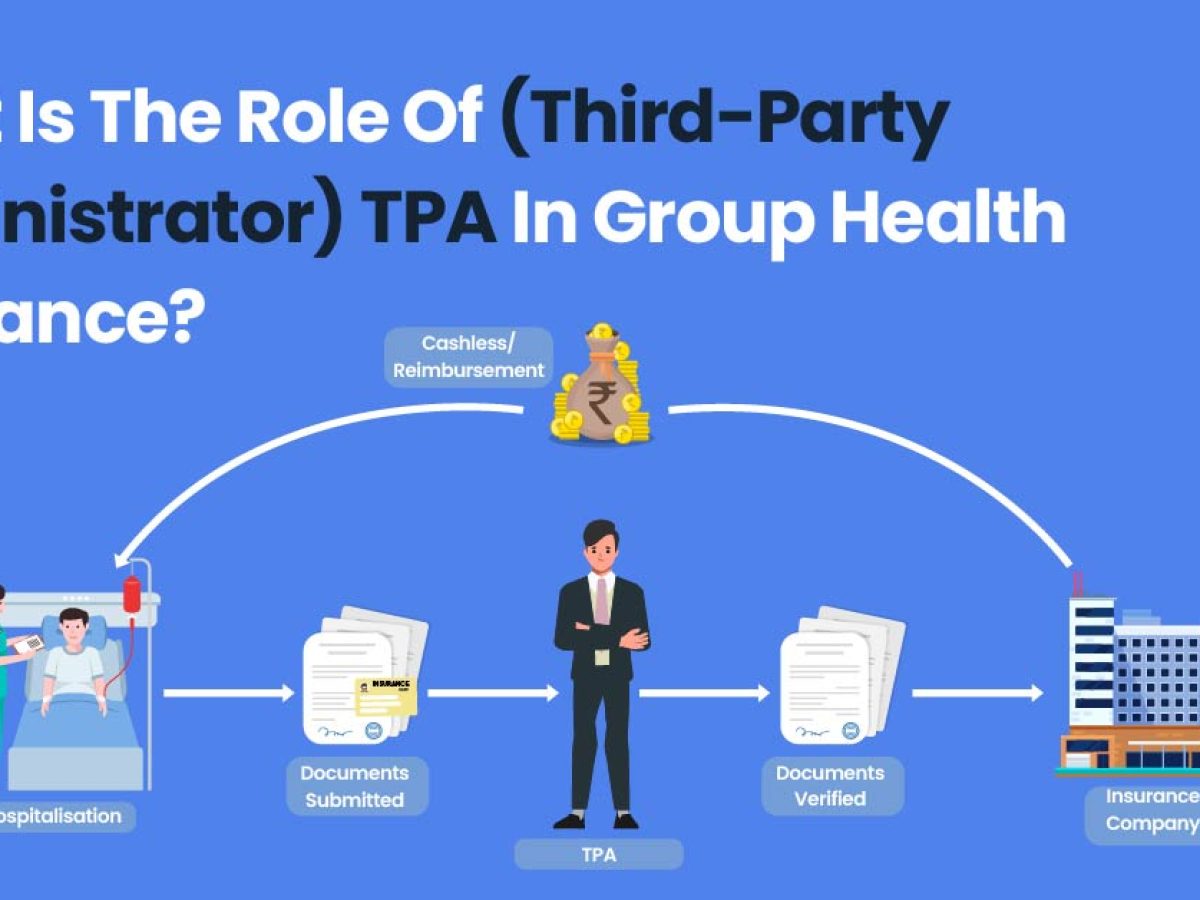Not known Details About Pacific Prime
Some Known Details About Pacific Prime
Table of ContentsSee This Report on Pacific PrimeA Biased View of Pacific PrimeTop Guidelines Of Pacific PrimeGetting The Pacific Prime To WorkThe Ultimate Guide To Pacific Prime

This is due to the fact that the information were accumulated for a period of strong financial efficiency. Of the approximated 42 million individuals that were without insurance, just about regarding 420,000 (regarding 1 percent) were under 65 years of age, the age at which most Americans become qualified for Medicare; 32 million were adults between ages 18 and 65, around 19 percent of all grownups in this age team; and 10 million were children under 18 years old, regarding 13.9 percent of all kids (Mills, 2000).
These quotes of the variety of persons uninsured are produced from the annual March Supplement to the Existing Populace Survey (CPS), conducted by the Census Bureau. Unless or else noted, national price quotes of individuals without health and wellness insurance policy and proportions of the populace with various sort of protection are based on the CPS, one of the most commonly utilized source of estimates of insurance coverage and uninsurance prices.
The Ultimate Guide To Pacific Prime

Still, the CPS is particularly useful because it generates annual quotes relatively rapidly, reporting the previous year's insurance policy protection approximates each September, and due to the fact that it is the basis for a constant set of price quotes for greater than twenty years, allowing for evaluation of trends in coverage with time. For these reasons, in addition to the comprehensive usage of the CPS in various other studies of insurance policy coverage that are presented in this record, we depend on CPS price quotes, with restrictions noted.

The estimate of the number of without insurance people broadens when a population's insurance coverage standing is tracked for several years. Over a three-year duration starting early in 1993, 72 million people, 29 percent of the U.S. https://www.twitch.tv/pacificpr1me/about. populace, were without insurance coverage for at the very least one month. Within a single year (1994 ), 53 million people experienced at the very least a month without protection (Bennefield, 1998a)
Six out of every ten uninsured grownups are themselves used. Although working does improve the likelihood that a person and one's member of the family will have insurance, it is not an assurance. Even members of households with 2 permanent wage earners have practically a one-in-ten possibility of being without insurance (9.1 percent uninsured rate) (Hoffman and Pohl, 2000).
The Only Guide to Pacific Prime
New immigrants make up a significant proportion of individuals without health and wellness insurance policy. One evaluation has associated a substantial portion of the current development in the dimension of the united state without insurance population to immigrants that arrived in the country in between 1994 and 1998 (Camarota and Edwards, 2000). Recent immigrants (those that concerned the United States within the previous four years) do have a high price of being without insurance (46 percent), however they and their children represent just 6 percent of those without insurance nationally (Holahan et al., 2001).
The relationship between medical insurance and access to care is well established, as documented later in this phase. Although the relationship between medical insurance and health outcomes is neither direct neither basic, a considerable medical and health and wellness solutions study literary works web links medical insurance coverage to improved access to care, far better top quality, and improved personal and population wellness status.
Levels of analysis for checking out the effects of uninsurance. It focuses especially on those without any kind of wellness insurance policy for any type of length of time.
About Pacific Prime
The issues encountered by the underinsured are in some respects similar to those dealt with by the without insurance, although they are usually less severe. Health insurance, nevertheless, is neither essential neither sufficient to gain accessibility to medical solutions. The independent and direct result of health and wellness insurance protection on accessibility to health and wellness services is well developed.
Others will certainly get the health care they require even without medical insurance, by spending for it expense or seeking it from companies that provide treatment totally free or at highly subsidized rates. For still others, medical insurance alone does not ensure invoice of treatment because of various other nonfinancial obstacles, such as a lack of healthcare service providers in their community, minimal accessibility to transport, illiteracy, or etymological and cultural distinctions.
The 9-Minute Rule for Pacific Prime
Formal study about uninsured populaces in the United States dates to the late 1920s and very early 1930s when the Board on the Expense of Treatment generated a collection of reports concerning funding doctor workplace gos to and our website hospitalizations. This problem came to be salient as the numbers of medically indigent climbed throughout the Great Depression.